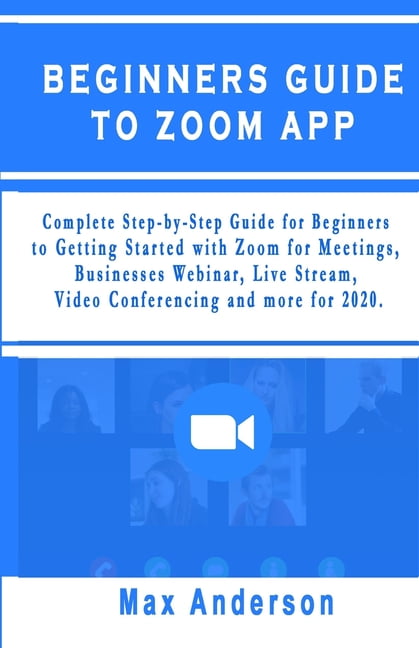

- #ZOOM WEBINAR REPORTS REGISTRATION#
- #ZOOM WEBINAR REPORTS CODE#
- #ZOOM WEBINAR REPORTS LICENSE#
- #ZOOM WEBINAR REPORTS DOWNLOAD#
They should be named “week01_A.csv”, “week01_B.csv” “week02_A.csv”, etc., for an arbitrary number of weeks (up to 99) and section names A, B, etc.

csv files here are like those for lecture attendance above but each is for one section, rather than the whole class, and the sections take place on different days. Zoom does not seem to reliably record dates in such files so you must embed the month and date in each filename as in the following example: poll04_07.csvĪ folder named “attend_sec”. csv files that come from Zoom, each a “report” from a class meeting. Stata will extract the class date from the date-stamps in these files.Ī folder named “poll_reports”, containing one or more. csv files in the folder other than these report files. csv files should be named in some numerical or alphabetical sequence so that they will sort chronologically, e.g.

for students’ names, etc.Ī folder named “attend_lec”, containing one or more. This Excel file may also have any number of other columns, e.g. This is your master roster for the course, containing columns whose first-row cells have the words “Email Address” and “Section” respectively.
#ZOOM WEBINAR REPORTS CODE#
The code assumes that zoomdata.do is in the working directory, which also has:Ī folder named “rosters” which has in it “roster.xlsx”. Stata will not modify the original roster file but will generate two new files (or over-write existing files) containing the output: “roster_with_attendance.dta” and “roster_with_attendance.xlsx”, in Stata and Excel format. To help check for situations where this is not the case, it generates a log file, “unknown_email.txt”. It will only work well if students are required to log into Zoom with the same email address that is in the roster file.

It uses the student’s email address to match Zoom reports with the roster. (It does not judge whether students’ poll responses were “correct” or not, just whether any were submitted.) It also records attendance at weekly sections, which take place on various days. It then uses this information to calculate a simple 1-or-0 score for attendance that day. For each Zoom lecture it determines, for each student, the total number of minutes spent logged into Zoom, the number of log-ins, and whether the student submitted at least one answer to Zoom polls. This do-file takes attendance and poll reports produced by Zoom and merges them into a student roster. See here for a new version that scores correct answers to quizzes that the instructor gives via Zoom’s poll feature, rather than merely using poll data to check on attendance.) Please email for purchasing and pricing information.Merge Zoom Attendance and Poll Reports into Student Roster, via Stata These licenses are sold as a 12-month subscription. Dedicated webinar licenses are available in a number of audience capacities beyond the 500 seat capacity.
#ZOOM WEBINAR REPORTS LICENSE#
Per event webinar licenses are available at no additional cost, but are subject to availability.ĭepartments that need a dedicated webinar license can request purchasing information from UMass Amherst IT.
#ZOOM WEBINAR REPORTS DOWNLOAD#
#ZOOM WEBINAR REPORTS REGISTRATION#
Polling and Q&A features are available in addition to registration and post-webinar reporting. During webinars, only the host and panelists can use their microphones and cameras or share their screens. UMass Amherst faculty, staff, and students can use the regular university Zoom license for meetings with up to 300 participants.įor larger events, Zoom Webinars support up to 500 attendees in a "listen only" mode.


 0 kommentar(er)
0 kommentar(er)
